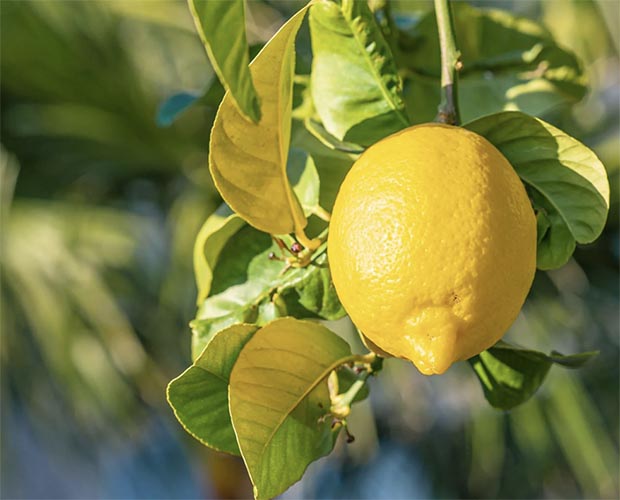Citrus trees, just like all plants, require fertilizers to ensure maximum fruit yields. They are a generous flowering plant in the rue family. They produce a wide range of fruits like oranges, lemons, pomelos, limes, and grapefruits.
Most standard citrus trees grow 18 to 22 feet while dwarf varieties grow 8 to 12 feet. To grow healthily and produce a big harvest, these trees require a lot of nutrients.
They are heavy feeders and farmers must learn how to grow and fertilize them properly. Looking for information to fertilize your citrus trees?
Keep reading below as we discuss the best fertilizer to use, and when and how to fertilize.
What is the best fertilizer to use
For a start, you need to use the right fertilizer type. The best way is to consider a specially formulated citrus fertilizer. Citrus fruits are heavy feeders and require nitrogen (N), phosphorus (P), and potassium (K).
We strongly recommend 16-4-8 fertilizer which provides all the needed nutrients and macronutrients. Some of the required micronutrients are boron, sulfur, iron, copper, manganese, and magnesium.
Nitrogen is very essential for citrus trees. But you also need some phosphorus and potassium.
In addition, citrus trees do well in slightly acidic soils. So having some acidic fertilizer can also help with production. Make sure you consider NPK fertilizers that are specially formulated for citrus trees.
But knowing the right fertilizer is one thing. You need to know when to fertilize and how to fertilize the trees.
When is the best time to apply a citrus fertilizer?
The best time to apply citrus fertilizers is during the active growth season. This is usually during the spring and summer. Fertilizer application should be done once every 1 to 2 months.
You also need to fertilize them once every 2-3 months during the citrus trees’ dominant periods. This is usually during the fall and summer periods.
Application during the dormant season can be skipped as trees get older. You can also reduce the amount of fertilizer you apply during the growing season as trees get older.
This is changing applications from 1 to 2 months to 2 to 3 months. You can also continue applying fertilizer to ensure branches grow well. During fruit production season, you can also add more fertilizer to ensure you replace nutrients lost.
Overall, citrus trees are fertilized up to three times a year. You can vary the amount depending on the specific citrus trees.
For example, you need to use a ⅓ of the recommended fertilizer in Jan/Feb, ⅓ in March/April, and a ⅓ in May/June for oranges, tangerines, and grapefruits.
For limes and lemons, you can apply ⅓ in Jan/Feb, March/April, and Aug/Sep.
Overall, the exact amount of fertilizers needed in a year depends on the specific type of citrus tree, its age, and its size. Medium-sized trees 5-6 years old after planting require about 6.2 pounds of ammonium sulfate fertilizers. Grapefruit trees on the other hand will require about 3 pounds 5 years after planting.
You can find the best time frames to fertilize your citrus trees by looking at the three’s physical appearance and growth. You don’t need to fertilize a green and lush-looking citrus tree regularly.
Note: Applying too much fertilizer when the tree is very healthy might lead to inferior fruit production.
Generally, citrus trees require a lot of nutrients during the bloom growth stage to when they make the first fruit. This is the only stage you need to fertilize the plant regardless of the plant’s health.
Now that you know when to fertilize your citrus trees, let’s dive deep and see how to apply the fertilizer.
How to fertilize citrus trees
Fertilizer application is done through the ground or leaves. The fertilizer can be spread on the ground, or sprayed on the leaves. You can check the directions on the chosen fertilizer type.
You should strictly follow the directions on the fertilizer. This is usually through the leaves, or on the ground. When applying the fertilizer on the ground, place it as far as the canopy reaches. But always avoid placing it too close to the tree trunk.
Best fertilizer application practices
- Always read and follow the manufacturer’s directions
- Consult garden experts nearby
- Avoid fruit thinning for citrus trees. Citrus trees drop most immature fruits during early summer or late spring
- Avoid fertilizer application too close to the tree trunk
- If the tree is lush and holding fruits, wait for a little while to make fertilizer applications.
Final verdict
Overall, citrus requires fertilizers throughout the year to ensure maximum fruit production. Make sure you choose the right citrus fertilizer and know the right times to fertilize. You must also know the right way to apply the fertilizer.
